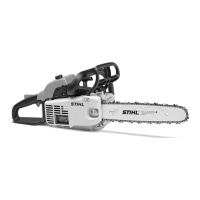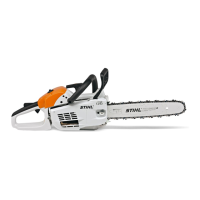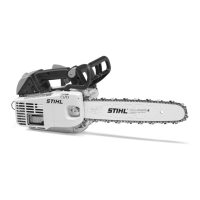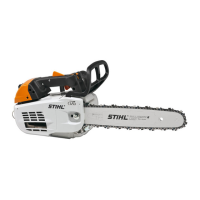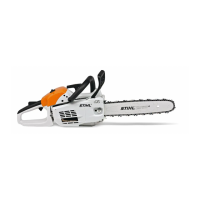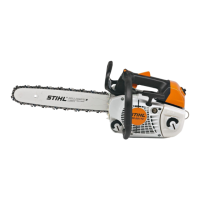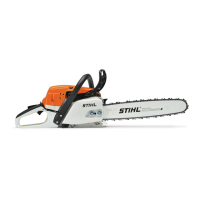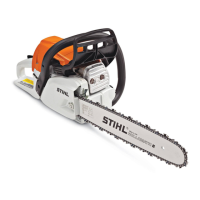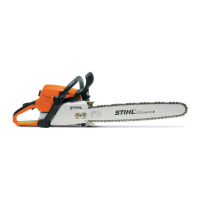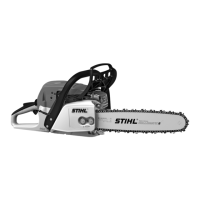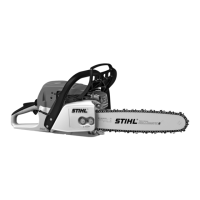Instruction Manual
Manual de instrucciones
Warning!
To reduce the risk of kickback injury use
STIHL reduced kickback bar and STIHL PM1
(3/8" Picco) chain depending on sprocket pitch
or other available low kickback components.
Advertencia!
Para reducir el riesgo de lesionarse como
resultado de un culatazo, utilice la barra de
contragolpe reducido y la cadena PM1 (Picco
de 3/8 pulg) de STIHL, dependiendo de la
rueda dentada usada y de otros componentes
reductores de contragolpe.
Read and follow all safety precautions in
Instruction Manual – improper use can cause
serious or fatal injury.
Lea y siga todas las precauciones de
seguridad dadas en el manual de
instrucciones – el uso incorrecto puede causar
lesiones graves o mortales.
STIH)
STIHL MS 200
BA_U1_MS_200_86_01.fm Seite 0 Freitag, 29. Oktober 2004 2:32 14
